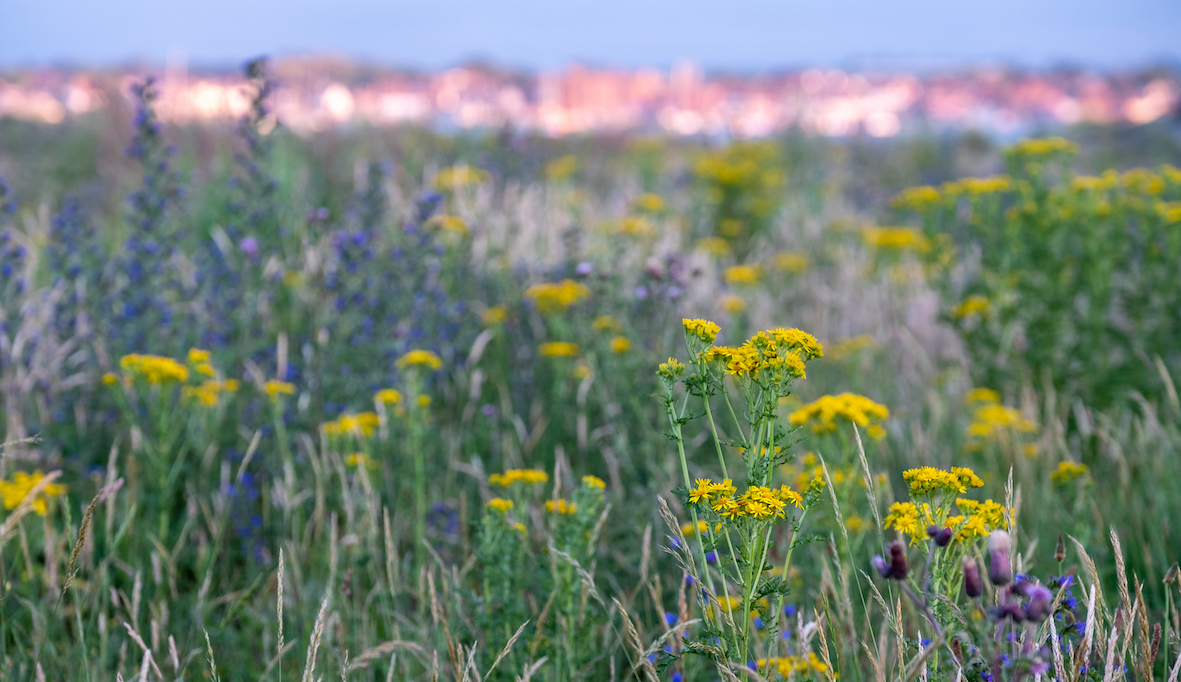- So far, we’ve demonstrated how we can minimise greenhouse gas emissions, reduce inputs, and increase either profitability or yields using the methods of Sustainable (Intensive) Agriculture.
- However, there’s a problem that’ll likely require more inputs in the future.
- In some cases, this will have to be a herbicide as there are sometimes few other controls available.
Noxious Species
For this discussion, we’re going to include pasture and horticultural crops as well as arable crops as there’s some crossover.
A noxious or injurious weed is described as one that has been designated by a governing or an authority as detrimental to crops, habitats, humans or livestock by contact or ingestion.
In the UK, the following are defined by the Weeds Act (1959) as injurious.

In Northern Ireland, two species of wild oat, as well as the above, are considered noxious by a different act.
The main thistle in both arable and grassland in the UK is the creeping thistle. Docks and ragwort are more associated with grassland but are also an excellent invader of field margins, which have been left uncultivated as an environmental measure. In fields, livestock tend to avoid it but dead ragwort as part of a hay crop can be fatal to livestock, especially cattle and horses, as it contains alkaloids, which can accumulate in the liver. Ragwort is highly beneficial to wildlife because it’s voluminous nectar producer and the foliage is a favourite of the caterpillar of the desirable cinnabar moth.
Invasive Species
Invasive weeds are non-native species and have often been introduced by accident through, for example, garden centres or online sales.
In many parts of the world, these weeds are a serious problem with associated financial impact. In one case. when I was working in Louisiana, I was shown an area of the vine, Kudzu (Pueraria montana), by a minor road and the following day returned to find it had grown across the road.

Once considered an American problem, where it was imported from Asia to prevent soil erosion and possibly as an animal feed from the 1930s, it’s now been found in Switzerland and Northern Italy. Imagine what it could do to an orchard or vineyard.
Once in Nottingham, I was able to see Japanese Knotweed that had spread into a house and taken over the living room. In Europe, Italy and France are believed to have more than 2,500 invasive plant species.
In the UK, less afflicted, the following are considered the worst invasive weeds and there are large penalties (fines and/or jail) for planting, taking cuttings, spread through contaminated soil etc.

In both cases, the growth habits of these weeds tend to be highly aggressive. A farmer is most likely to encounter Japanese Knotweed because it’s a good colonizer of river banks and drainage channels where it can cause erosion and increase the likelihood of flooding if dead leaves and stems clog up the water. It was introduced into the UK around 1820, perversely, to prevent river bank erosion. Similarly, the aggressive Himalayan Balsam seed can float downstream and rapidly colonize new river banks. It’s very attractive to pollinating insects.
A Balanced Approach
In SIA, great care is taken to avoid needless damage to the environment.
While hand-pulling might be suitable in some situations for invasive species, once noxious species have got into a field, it’s likely a herbicide targeting that species will be needed, although sometimes spot in-field rather than blanket spraying is an option, especially in pastureland.
Hand-pulling of giant hogweed and common ragweed needs protective clothing and gloves, especially for the former, as it causes skin blisters and scars. The latter causes the second worst allergic reaction, especially hayfever, after molds. It’s also all too easy with hand pulling to leave behind deep roots and rhizomes with recovery potential.
These weeds are on lists for a good reason. There are many beneficial species that can be introduced into the field margins. For example, ragweed, based on nectar rewards per flower is a prolific nectar producer but dandelion (Taraxacum), which some might consider an annoyance in a lawn, is also a good nectar producer. Similarly, musk mallow (Malva moschata) and several other plants have high pollen returns. When seeded or encouraged with other herbaceous species desirable for mammals and birds, the overall environmental improvement is significant.

In the above picture, it may have been necessary to use herbicide before establishing the field margin but the benefits of many years’ herbicide free and valuable plants can follow.
Balance is not found in several proponents of growing ragwort for its edible seed and oil, which has a similar profile to soybean (protein and oil). In SIA termsm that would be considered reckless.
Other Invasive Species
For completeness, invasive species don’t have to be plants. In the UK, the following are all troublesome: the Asian Hornet, the American Bullfrog, the Asian Topmouth Gudgeon, the American Signal Crayfish and the East European Quagga Mussel, are all examples.
Conclusion
In SIA, we sometimes encounter a problem where we have to increase inputs in the short-term for the benefit of long-term gain.

Other Opinions You May Be Interested In…
- Sustainable Agriculture: Innovative Pest Control
- Sustainable Agriculture: Pest Control
- Sustainable Agriculture (UK): Not So Sweet Soils

